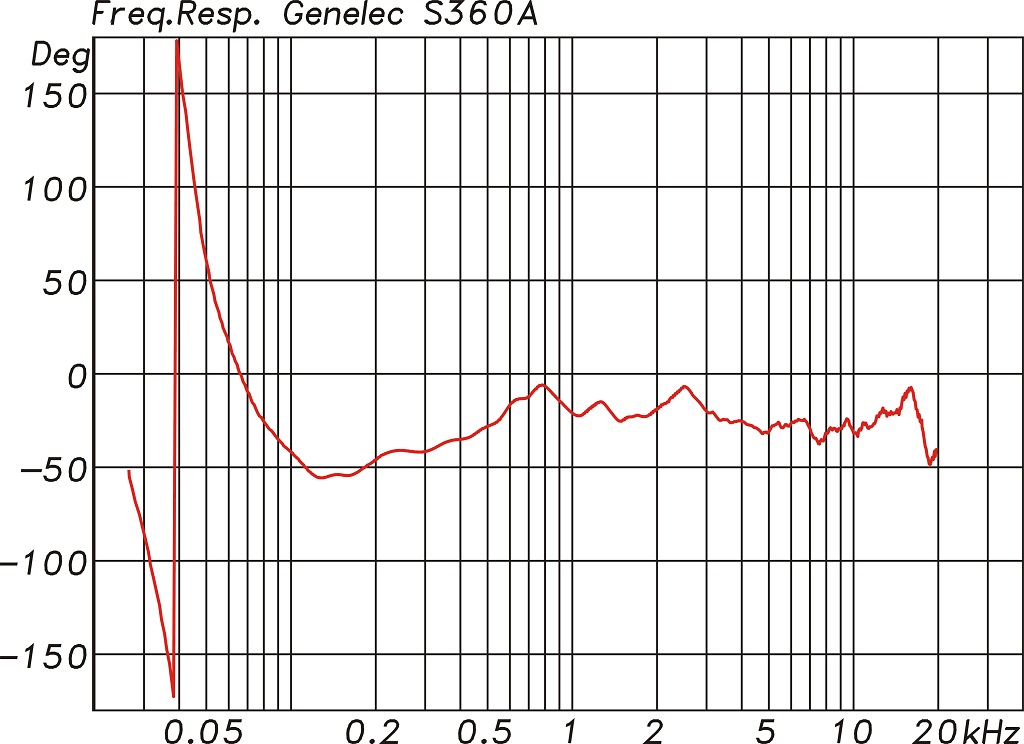My Martin Logans have the ability to throw "flat" phase to the listening position within the range of the panel.
I'd be interested in seeing someone else post a phase response (without some special gating or windowing) that doesn't slope down dramatically from left to right.
Martin Logan reQuest, 12" sealed woofer, electrostatic panel, crossover at 180Hz, at the listening position 10 feet away, in a room with no special treatments.
View attachment 95135
In contrast, the JBL LSR 308 graph won't fit in the window...
0 degrees at 100Hz and minus 13,138 degrees at 10kHz.
Showing a wrapped view of the JBL copared to the unwrapped view of the ML, every "wrap" is another 360 degrees down.
Black - ML phase unwrapped
Brown - JBL phase wrapped
Green - JBL unwrapped (example)
View attachment 95141

